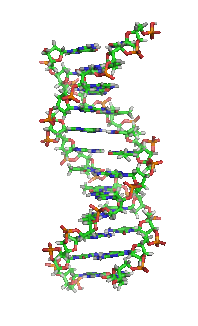Assignment 3-1:Cell Theory
EQ: Why is the cell considered to be the basic unit of life?
OBJECTIVES:
- Describe the scientific theory of cells (cell theory) and relate the history of its discovery to the process if science.
- Compare and contrast the structure and function of various types of microscopes
KEY TERMS: Cell Theory, Cytoplasm, Organelle, Prokaryotic Cell, Eukaryotic Cell
1. Define the Key Terms listed above.
2. Use your textbook (pages 70-71) to create a timeline of important people and events (e.g., specific advancements in technology) that aided in the discovery of cells and the later development of the cell theory. Be sure to include the following, and for each, include a brief description.
- Leeuwenhoek
- Robert Hooke
- Schleiden
- Schwann
- Virchow
3. Summarize the 3 main parts of the cell theory.
4. Use a Venn Diagram to compare and contrast the 2 main types of cells: Prokaryotic and Eukaryotic.
HOMEWORK: Suppose you travelled to Mars and found a new type of life. Applying the cell theory, what can you say for certain about this organism?
